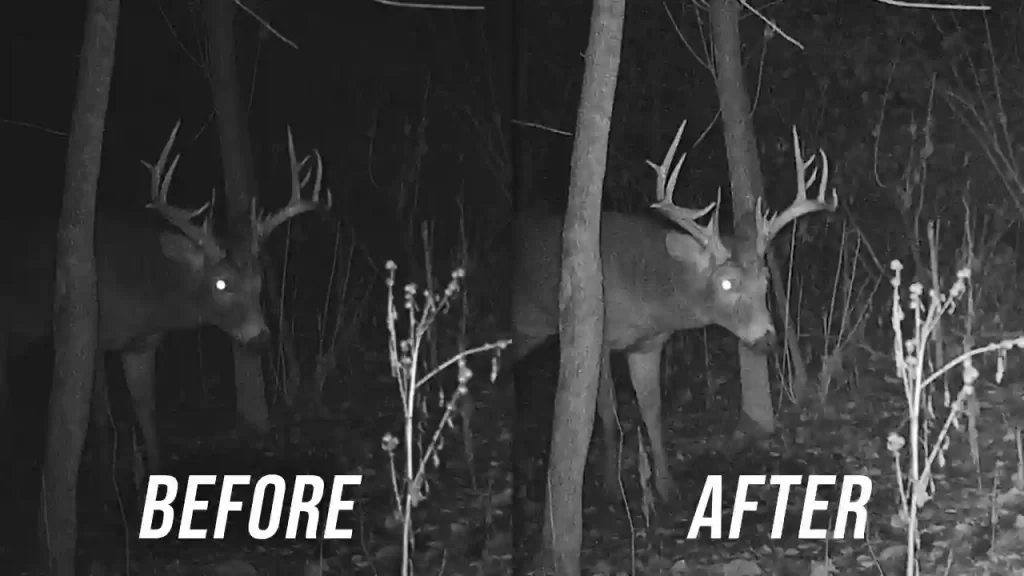
Nighttime images from trail cameras are a matter of intrigue and challenge for many. While some cameras perform admirably, capturing clear and vivid photos, others may yield grainy or subpar results. The secret to exceptional nighttime photos lies in understanding the intricate balance between the camera’s technical capabilities and its physical setup.
Flash Types: A Critical Choice
One of the key determinants of nighttime photo quality is the type of flash used by the camera. There are mainly three types:
- White Flash: Offers color photos at night but may alert wildlife or humans nearby.
- Red Flash (IR): Provides a balance by giving decent quality photos with minimal visibility of the flash.
- Black Flash: The most discreet but may compromise on photo quality due to low visibility.
Choosing the right flash based on your priorities, whether it’s high-quality images or not spooking the wildlife, is crucial.
The Technical Symphony: Image Sensors and Pixel Size
The heart of achieving good nighttime imagery lies in the camera’s inner workings, specifically the image sensor and pixel size. Larger pixels on the sensor allow more light to be captured, resulting in clearer, less noisy images. Additionally, the lens’s f-stop plays a vital role; a lower f-stop number means more light enters, enhancing photo quality.
The Art of Camera Placement
Camera placement and settings are as pivotal as the camera’s hardware. Adjusting flash intensity, burst count, and positioning the camera to avoid direct exposure to an open field can significantly impact the quality of nighttime images. For example, setting the camera to burst mode can reduce motion blur, providing clearer images.
Power Source: The Unsung Hero
Just like a car needs the right fuel to run efficiently, trail cameras require the proper power source for optimal performance. Lithium batteries are recommended for their consistent voltage output, ensuring that the camera operates effectively, especially the flash during nighttime captures.
Embracing the Space and Background
An interesting tip shared in the video is about utilizing the environment to enhance photo quality. Cameras placed in open fields may produce darker images due to the lack of background for light reflection. Conversely, positioning your camera so that there is a backdrop (like a tree line or ground reflection) can improve photo brightness and clarity.
Final Thoughts: Prioritize Your Needs
Ultimately, whether you are a deer hunter scouting for bucks or a wildlife enthusiast aiming for that perfect shot, understanding and implementing these insights can make a vast difference. Remember, trail cameras are tools meant to aid in your pursuit. While high-quality nighttime photos are desirable, placing the camera where it is most likely to capture useful imagery should always be the priority.
